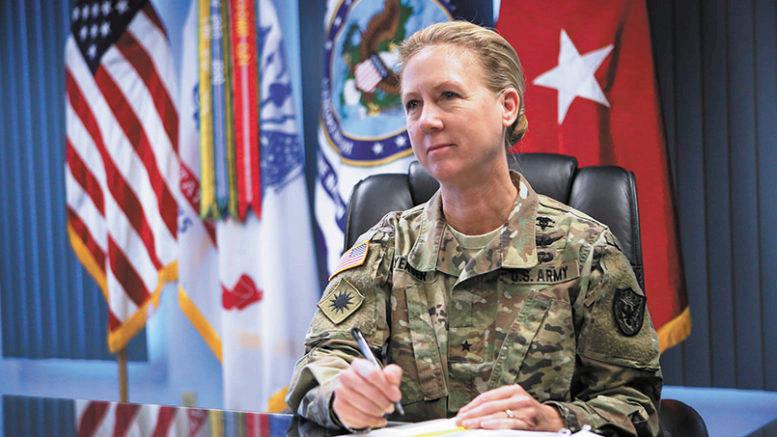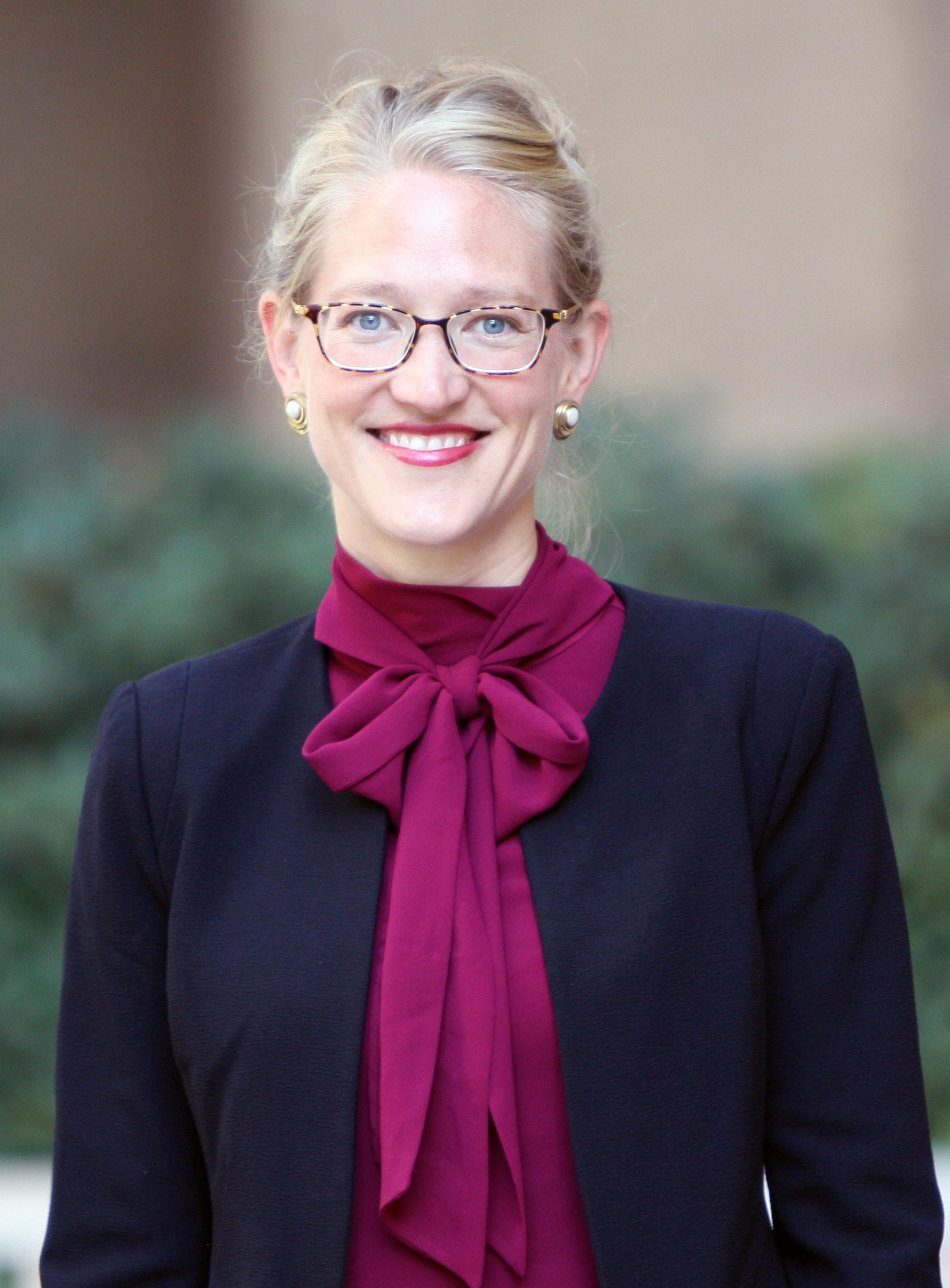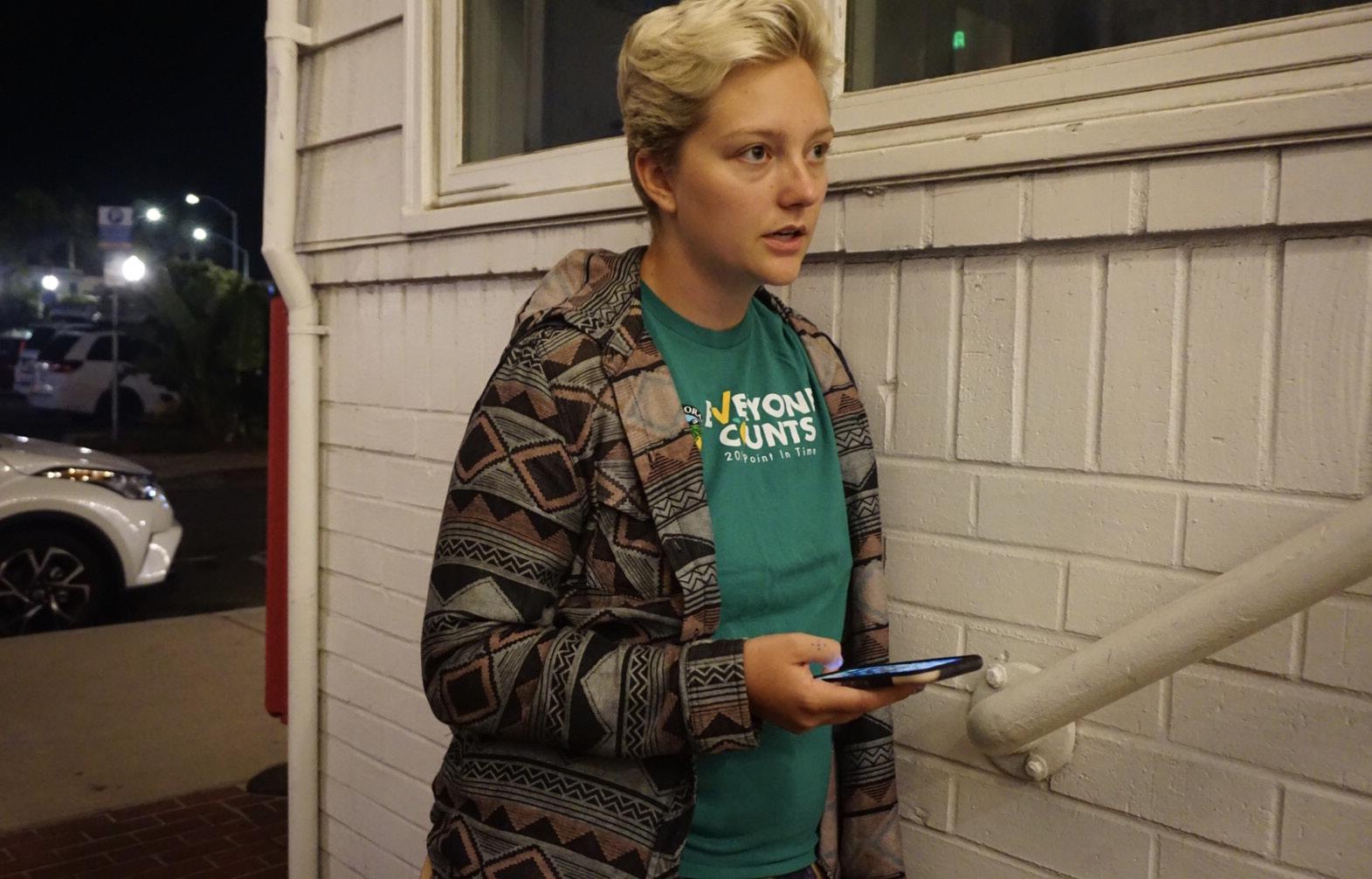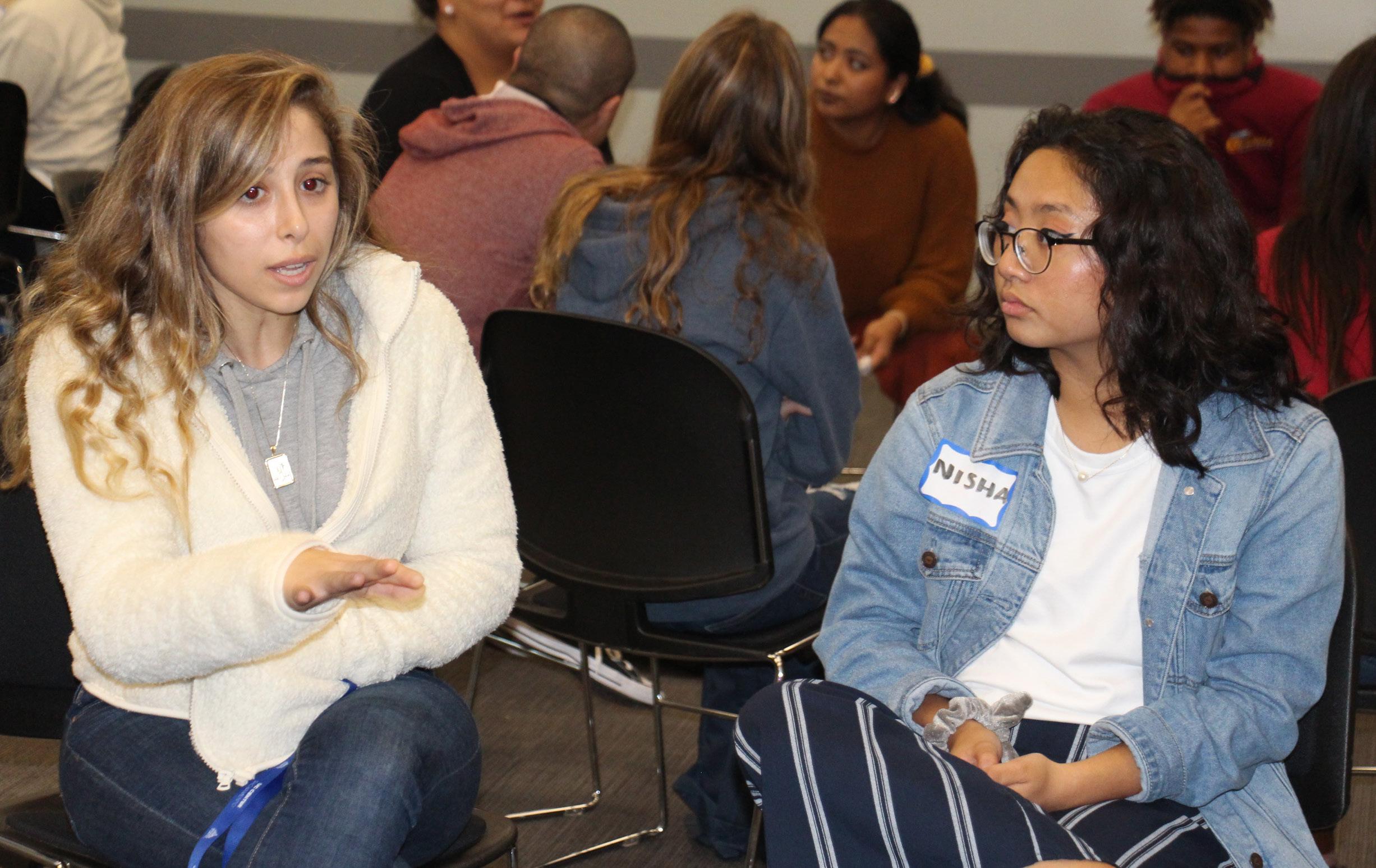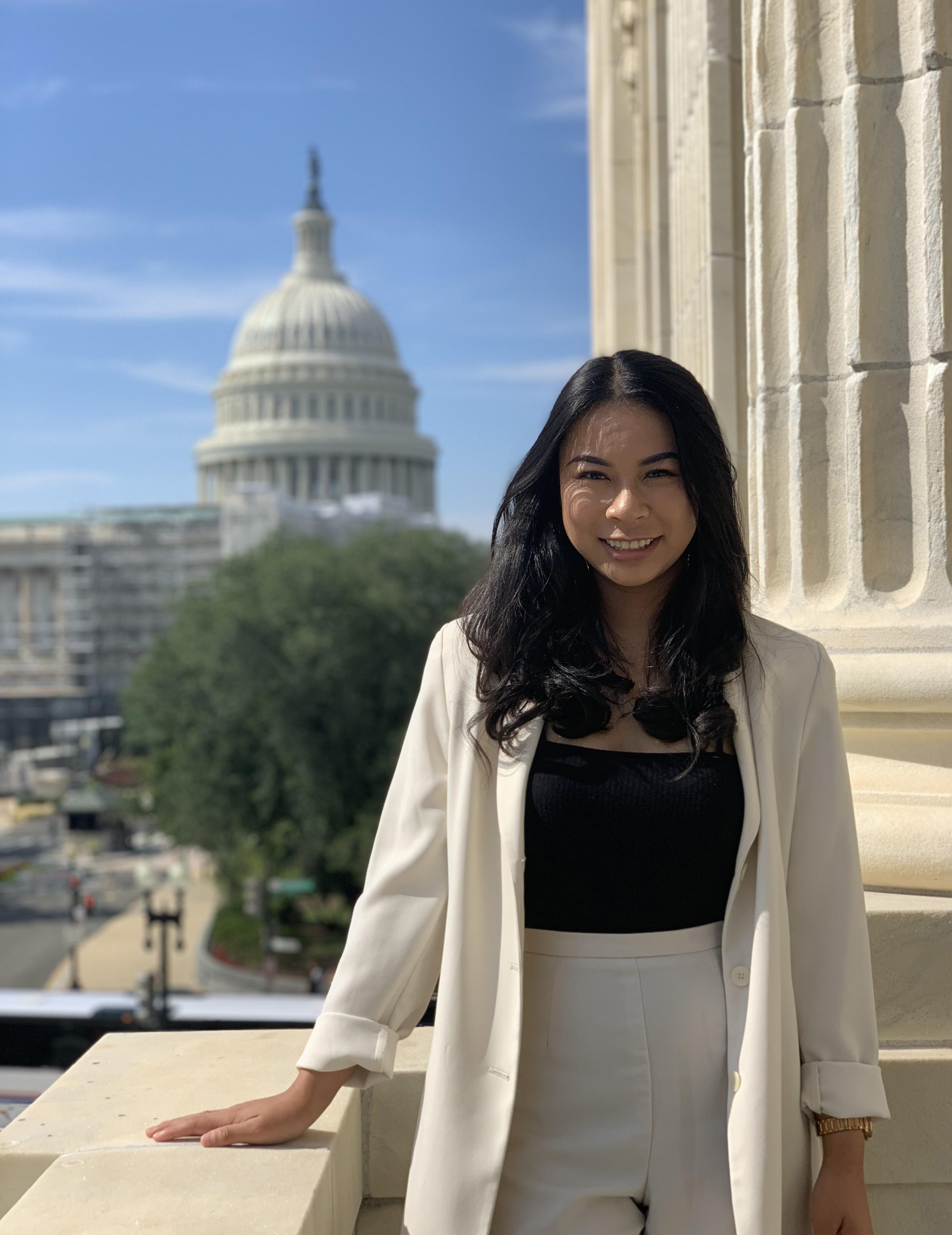48
be bold
where have all the
moderates gone? Political science assistant professor Danielle Thomsen studies whether primary voters prefer partisan polarization
Danielle Thomsen.
D
anielle Thomsen studies an increasingly endangered species: political moderates in Congress. One of the greatest threats to moderate candidates might be the primary election process itself, at least according to elected officials, she says. The new assistant professor of political science at UCI recently received a grant from the independent nonprofit Social Science Research Council to put this idea to the test. The primary election system has long been blamed for worsening political polarization and gridlock in Congress, she explains. Senator Charles Schumer even called primaries “a menace to governing.� As the argument goes, in primary elections, where each party chooses its favorite to advance to the final election, more conservative Republicans and more liberal Democrats tend to emerge as winners. The belief is so widely held that in 2010, California adopted a different primary election system that many hoped would lead to the election of more moderate candidates. In the new system, the top-two primary, all candidates are listed on the same ballot, regardless of party affiliation, and the two with the most votes advance to the election. But, since the change, researchers found no real difference in the election of moderate candidates - at least at the congressional level.

